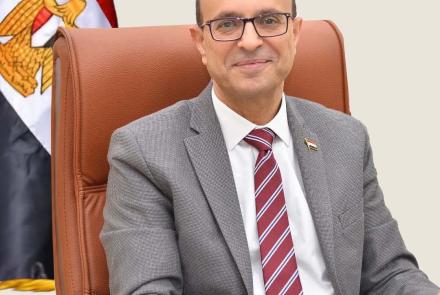Prof. Ahmed El-Minshawy, President of Assiut University, announced a new achievement recently achieved by the university in the field of international rankings, by being included in the list of the best universities in the Arab world, according to the results of the Times of England's ranking of universities in the Arab world, The Arab 2024, explaining: The university ranked sixth in Egypt at the level of Egyptian universities, and 61-70th in the Arab world at the level of 238 Arab universities that were included in this year's ranking.
Prof. Ahmed El-Minshawy stressed Assiut University's keenness and continuous efforts to develop the scientific research system, enhance the quality of research, increase international publication, and encourage international cooperation to enhance the competitiveness of its graduates and improve the university's international reputation, adding that the university administration is keen to implement more modern research plans and mechanisms that comply with the standards of international classifications.
Dr. Gamal Badr, Vice President for Postgraduate Studies and Research Affairs, pointed out that this achievement adds to the series of achievements that the university has recently achieved in many prestigious international rankings, stressing the continuation of academic and research development processes and further achievements at the local and international levels, which contributes to enhancing the role of the university as a leading force in research at the regional and international levels.
Dr. Amr Abu Fadan, Deputy Director of the International Academic Rankings Office, explained that the Times Higher Education launched this version of the ranking for Arab countries 3 years ago, and relies on the same axes of the global rankings, which are five main axes that include: The axis of the scientific research , which is concerned with the quality, volume, and impact of research; the education environment axis, which measures community impact and contribution to the local and regional community; the internationalization axis, which includes cooperation with international universities, the percentage of international students and staff; and the application in industry axis, which is concerned with cooperation with companies and industrial fields
 Do you have any questions?
Do you have any questions? 





